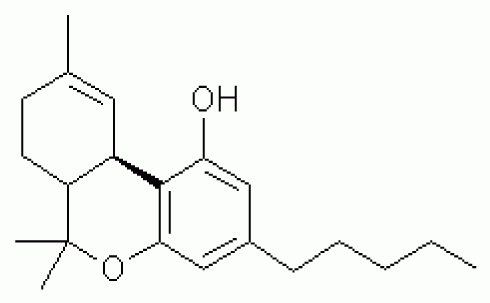Listen to The A Level Biologist Podcasts episodes free, on demand. As we enter the golden age of life science we should not just keep getting sick and dying. Too much to ask for?Learn more about Aubrey and SRF at https://www.sens.orgFull transcript: https://thealevelbiologist.co.uk/indefinite-health-with-dr-aubrey-de-grey/The A Level Biologist Podcasts is brought to you by The A Level Biologist — Your Hub @ https://thealevelbiologist.co.ukSupport the show. The easiest way to listen to podcasts on your iPhone, iPad, Android, PC, smart speaker – and even in your car. For free. Bonus and ad-free content available with Stitcher Premium.







